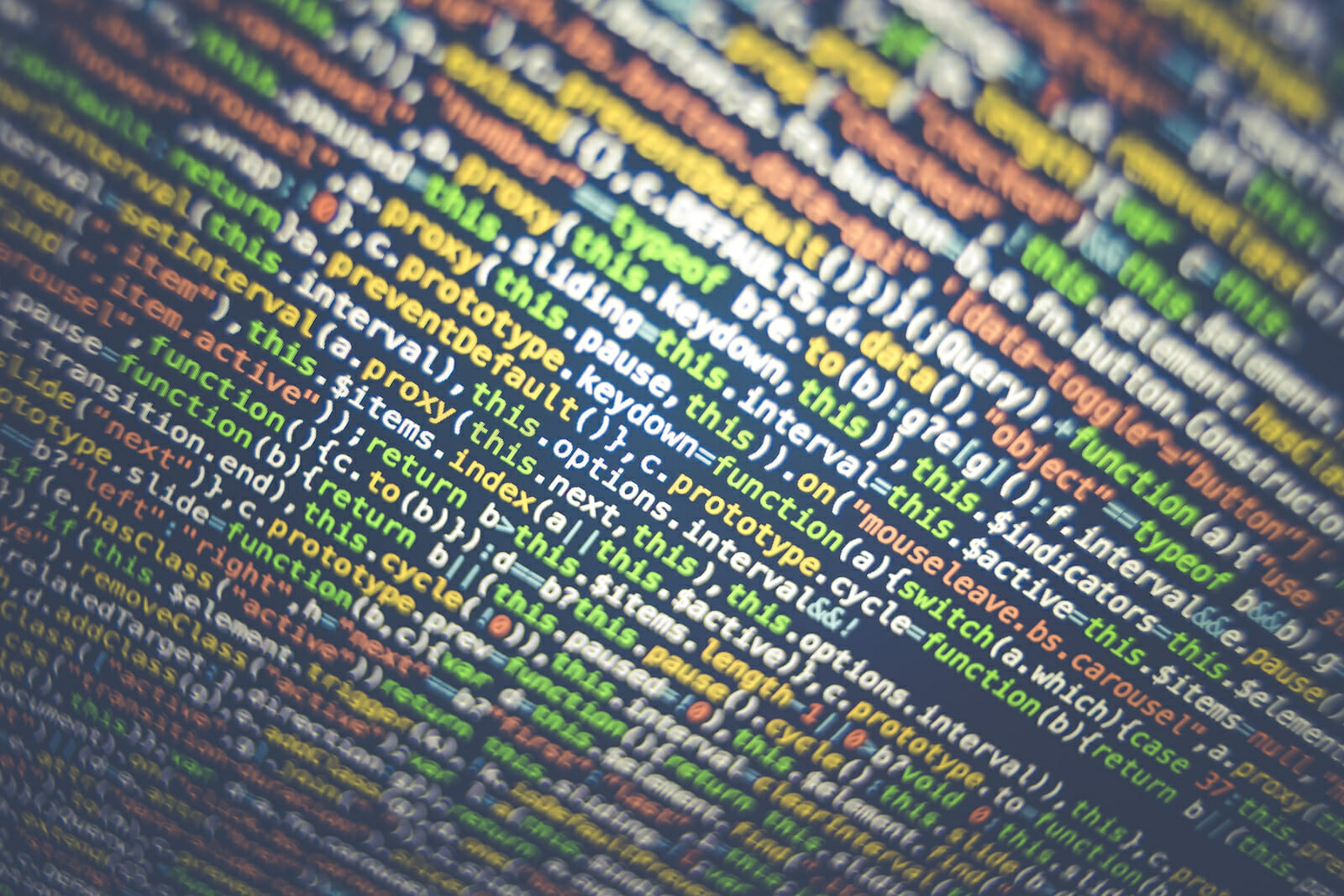
Tech
Supreme Court Grants a Big Win for Copyright Fair Use
In what may be the most consequential copyright case in a generation, in Google LLC v. Oracle America, Inc., the Supreme Court ruled that Google’s use of Oracle-owned software was fair use. This decision ended a decade-plus long legal dispute. A loss would have meant billions to Google, and more broadly, a serious curtailment of the fair use defense for everyone.
The case concerned Google’s use of portions of Oracle’s Java code when it created its Android platform for smartphones. Specifically, Google copied approximately 11,500 lines of code from the Java SE Application Programming Interface (API). An API is a type of helper code, it makes software interoperable by enabling programs to talk to each other. Google incorporated the ASI so that its new Android platform would be readily accessible to programmers already working with the java programming language.
Google argued, alternatively, that the copied ASI code was either entirely functional, lacking the expressiveness to make it copyrightable at all, or that, if it were subject to copyright, its use was fair. The Court declined to address the first question, assuming “purely for argument’s sake” that the code was copyrightable. Instead, the Court focused solely on fair use.
Although an owner of a valid copyright can normally prevent any unauthorized use of a work, fair use can be a defense to copyright infringement. Where it applies, it allows a user to copy portions of someone else’s work without payment or permission. The underlying purpose of copyright is to incentivize innovation and creativity. When the monopoly rights of copyright start to harm innovation, fair use can be seen as a kind of safety valve. In order to determine whether a particular use is fair, courts rely on a four-factor test: the nature of the copyrighted work; the purpose and character of the use; the amount and substantiality of the portion taken; and, the effect of the use upon the potential market.
The Supreme Court found that all four factors favored fair use. The key to the case was the nature of the copyrighted work. The code at issue in this case is a user interface. A user interface does not perform tasks. Instead, it allows users to manipulate and control the programs that do perform tasks. The court distinguished between what it termed “declaring code” and “implementing code.” As a type of declaring code, the ASI is “inherently bound together with uncopyrightable ideas (general task division and organization).” This type of code “is, if copyrightable at all, further than are most computer programs (such as the implementing code) from the core of copyright.”
For the purpose and character of the use, the Court found it important that Google incorporated “only what was needed to allow users to put their accrued talents to work.” Further, the use of the code in the creation of an entirely new platform on a new device was considered transformative. This “was consistent with that creative ‘progress’ that is the basic constitutional objective of copyright itself.” Significantly, the purely commercial purpose and character of the new work did not weigh strongly against fair use on this factor.
The third factor also weighed in favor of fair use. The copied code was less than 1% of the total of the relevant Java program. And the ASI code was copied because programmers were familiar with the interface, not because it was the substantial part – the heart or core – of the original programs.
Finally, the Court looked at the effect on the market. Although Java-based mobile phone business did decline after the introduction of Google’s Android, it was “a very different type of product.” It could not be considered a market substitute for Java and was not the cause of Java’s decline.
The importance of this case to the software industry cannot be overstated. Because programmers had already invested in learning the Java ASI, there was a significant danger of lock-in. If others cannot use the simple declaring code of an ASI, then the copyright owner can control the future uses of this functionality. Competitors would have to either develop their own code from scratch, and programmers would then have to learn this new system, or they would have to get permission from the copyright owner.
Additionally, this case also has the potential to have a huge impact outside of software. Although the Court attempted to limit the holding to the specific facts of the case, many organizations representing content creators in more traditional areas of copyright believe the case will have a broader impact. This is the first copyright fair use case taken up by the Court since the landmark Campbell v. Acuff Rose Music case, which concerned the 2 Live Crew parody of Roy Orbison’s “Pretty Woman”. Litigants across the copyright spectrum will be borrowing heavily from the arguments made in this case, and lower courts will be looking to the opinion for guidance on how to solve those cases.
The most important takeaways from this decision include the following: the Supreme Court reaffirmed its commitment to a strong and broadly applicable fair use defense; even significant commercialization of a new work is not a bar to fair use; and, for the software industry, the common practice of borrowing functional aspects of code when developing new products can continue apace.
